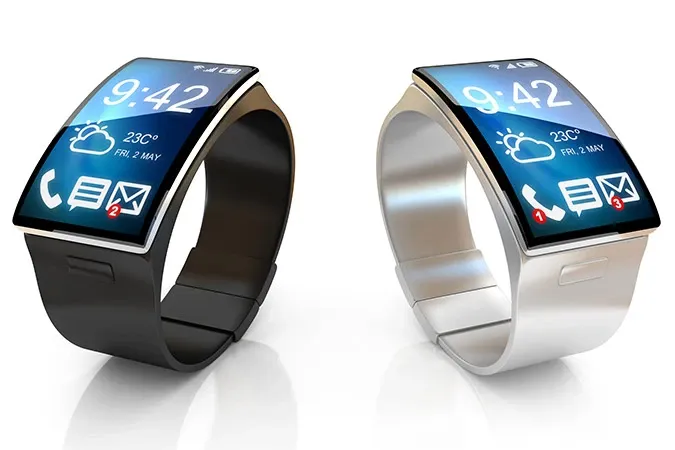Infobip Predicts 3.9 Billion Brand Messages This Shopping Season
Infobip forecasts that over 3.9 billion messages will be exchanged between brands and customers this shopping season, marking a 15% increase year on year.

The abandonment rate of smartwatches is 29 percent, and 30 percent for fitness trackers, because people do not find them useful, they get bored of them or they break, according to a survey by Gartner. "Dropout from device usage is a serious problem for the industry," said Angela McIntyre, research director at Gartner. "The abandonment rate is quite high relative to the usage rate. To offer a compelling enough value proposition, the uses for wearable devices need to be distinct from what smartphones typically provide. Wearables makers need to engage users with incentives and gamification.
The 2016 Gartner Personal Technologies Study surveyed 9,592 online respondents from Australia, the U.S. and the U.K. between June and August 2016, to gain a better understanding of consumers' attitudes toward wearables, particularly their buying behavior for smartwatches, fitness trackers and virtual reality (VR) glasses.
According to the survey, smartwatch adoption is still in the early adopter stage (10 percent), while fitness trackers have reached early mainstream (19 percent). Only 8 percent of consumers have used VR glasses/head-mounted displays (excluding cardboard types). The survey found that people typically purchase smartwatches and fitness trackers for their own use, with 34 percent of fitness trackers and 26 percent of smartwatches given as gifts.
Survey respondents indicated that wearable devices are priced too high, given their perceived usefulness. The survey also revealed that the designs of smartwatches and fitness trackers are not appealing to consumers. The U.S. is leading smartwatch usage at 12 percent, while the U.K. is at 9 percent and Australia at 7 percent. Usage is up from Gartner's 2015 consumer survey, which showed that 8 percent of respondents in the U.S. and 5 percent in the U.K. used smartwatches. Smartwatch usage is clearly higher among people 44 years old and younger. More than half of people who use a smartwatch (58 percent) use it every day, and those who don't (33 percent) use it at least several times a week.
The survey also showed that the U.S. is leading fitness tracker usage at 23 percent, while the U.K. is at 15 percent and Australia at 19 percent. Usage has increased from the Gartner 2015 consumer survey, which showed that 17 percent of respondents in the U.S. and 10 percent in the U.K. used fitness trackers. Most people with a fitness tracker wear it every day. For those who do not, 26 percent wear their fitness tracker at least several times each week.
According to 29 percent of survey respondents, fitness trackers are unappealing devices. They said they would not wear them or that the designs are neither fashionable nor attractive. "Fitness tracker cases and wristbands designed by fashion brands are sold as higher-priced upgrades, which may be a barrier to purchase," said Mikako Kitagawa, principal research analyst at Gartner. Younger people less than 45 years old tended to think a smartphone can do everything they need. People at least 45 years old state that they do not plan to purchase a fitness tracker because they are too expensive for the value.